“Ireland is renowned for its high-quality independent butchers. It is one of our culinary gems, providing traceable, high quality and locally sourced meat. Ciara Flavin’s Castletroy, Limerick-based family butcher shop, Jim Flavin Craft Butchers, has been practicing its “From our farm to your fork” ethos for 26 years.
Career pathway
Ciara’s interest in agriculture stemmed from helping on the farm from a young age and studying Agricultural Science for the leaving cert? as well as third level.
“Once I finished my leaving cert in 2016, I went onto do the Green Cert in Pallaskenry college,” she tells Irish Country Living.
Having worked in her family’s butcher shop in her spare time; Ciara always had an interest in butchery, which is why she applied to the National Craft Butchery Apprenticeship.?
“I decided to go down that route after I had the Green Cert done,” she explains. “I was always working in the shop from a young age; tipping in and out at weekends or after school. I have always had an interest.”
She was the first female graduate to complete this programme.
“It was a new enough apprenticeship, so I was the first girl. There were a few girls following behind me, but I was the first one to get it done.”
The National Craft Butchery Apprenticeship was established in 2016 by the Associated Craft Butchers of Ireland (ACBI) and Mayo, Sligo and Leitrim Education and Training Board (MSLETB). It is a QQI level 5 two year programme which offers 86% on the job training and 14% classroom training at a training centre.
Ciara explains, “It was a great course - you’re getting a good mixture of both [theory and practice]. Its hands on and you’re getting the theory side of things, too.” The 2023 Training Centre Locations are Galway (Athenry), Sligo, Dublin (Ashtown) and Cork.
Julie Cahill, National Programme Manager of the National Craft Butchery Apprenticeship, highlights the job opportunities in the industry. “There is a huge demand as there is a shortage of employees in the sector.”
She also describes Ciara as a “top ambassador of the programme.”
Since graduating from her apprenticeship, Ciara has been working full time as a manager in her family butcher shop and recently has taken on many senior responsibilities. She continues to work on the family beef and tillage farm in her spare time.
“It’s nice to have the mixture,” she says. “I like a bit of farming on the side. You’re rearing the animal and following it from day one to hang up.”
Farm to fork
All beef sold in Jim Flavin Craft Butchers comes from their Bord Bia approved family farm in Ballyneety. Ciara tells Irish Country Living,
“Our farm is only 20 minutes away from our shop. You’re constantly getting consistent, good quality grass fed beef that has been hanging for 30 days. You won’t get that from a supermarket, beef that’s been hanging and matured that long.”
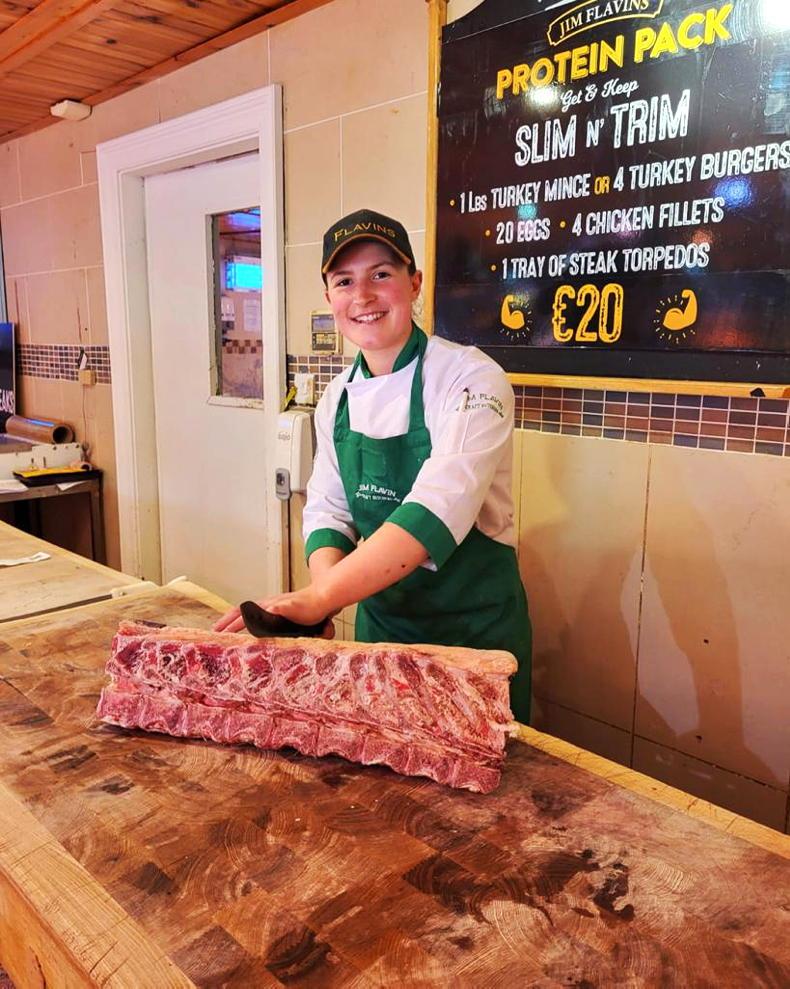
Ciara Flavin working at her family butchers 'Jim Flavin Craft Butcher' in Castletroy Co. Limerick
“My dad set up the business in 1996,” she continues. “He opened up the [butcher] shop in Castletroy, and from day one he has always had the farm. His dad left it to him and he decided to provide his own cattle on the beef farm and everything would be direct to the butchers.”
They keep a wide variety of beef breeds on the farm, including Hereford, Angus, Limousin and Charolais, which they purchase from local marts and raise for over a year. Ciara explains, “[This leads to] low food mileage, [as the beef] is coming from our farm direct, [located] only out the road.” They also have their own boning hall, where the beef is slaughtered, hung and broken down, resulting in a full farm to fork business model.
An industry in decline:
Inflation is seeing many butchers in Ireland having to close their doors; ? “It’s gone scary, the statistics at the moment. Every three days there is a butcher shop shutting down. It’s very tough going on people at the moment with [the cost of] electricity bills”, she laments sadly.
When asked about their most expensive input costs, Ciara replies, “Electricity, hands down at the moment. In the last year or so it has doubled. Between our boning hall running fridges and the shop cold rooms, electricity has skyrocketed.
“You can’t just turn off fridges; they are running all day, every day,” she adds.
Over the last few years, independent butcher shops have been in steady decline. According to the ACBI, as of 2019 there are approximately 800 independent butcher shops in Ireland. It is estimated that there has been a loss of 20-30 shops each year over the last 5-6 years. 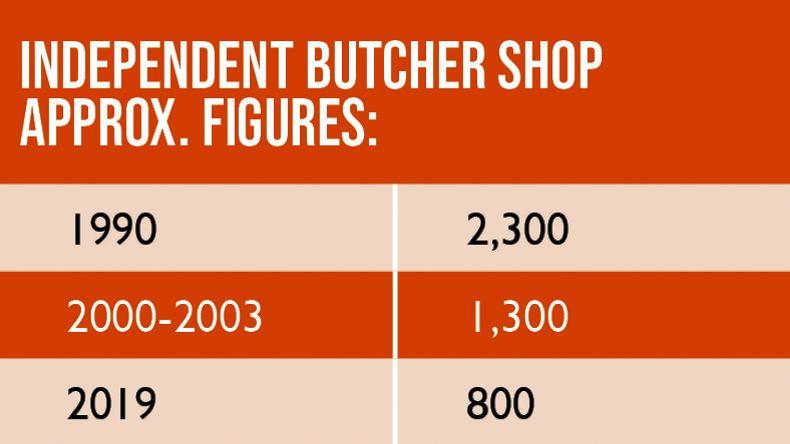
Ciara encourages people to “Shop and support local” over the Christmas season.
“There is a perception that people think their local butcher is expensive, but it’s not really. Prices are similar enough to supermarkets.”
Most butchers in Ireland are independent, family run businesses, and buying from them helps to support our local communities.
Read more
Excelling at egg production
‘An employee’s market’- the move in jobs since the jobs market reopened.
“Ireland is renowned for its high-quality independent butchers. It is one of our culinary gems, providing traceable, high quality and locally sourced meat. Ciara Flavin’s Castletroy, Limerick-based family butcher shop, Jim Flavin Craft Butchers, has been practicing its “From our farm to your fork” ethos for 26 years.
Career pathway
Ciara’s interest in agriculture stemmed from helping on the farm from a young age and studying Agricultural Science for the leaving cert? as well as third level.
“Once I finished my leaving cert in 2016, I went onto do the Green Cert in Pallaskenry college,” she tells Irish Country Living.
Having worked in her family’s butcher shop in her spare time; Ciara always had an interest in butchery, which is why she applied to the National Craft Butchery Apprenticeship.?
“I decided to go down that route after I had the Green Cert done,” she explains. “I was always working in the shop from a young age; tipping in and out at weekends or after school. I have always had an interest.”
She was the first female graduate to complete this programme.
“It was a new enough apprenticeship, so I was the first girl. There were a few girls following behind me, but I was the first one to get it done.”
The National Craft Butchery Apprenticeship was established in 2016 by the Associated Craft Butchers of Ireland (ACBI) and Mayo, Sligo and Leitrim Education and Training Board (MSLETB). It is a QQI level 5 two year programme which offers 86% on the job training and 14% classroom training at a training centre.
Ciara explains, “It was a great course - you’re getting a good mixture of both [theory and practice]. Its hands on and you’re getting the theory side of things, too.” The 2023 Training Centre Locations are Galway (Athenry), Sligo, Dublin (Ashtown) and Cork.
Julie Cahill, National Programme Manager of the National Craft Butchery Apprenticeship, highlights the job opportunities in the industry. “There is a huge demand as there is a shortage of employees in the sector.”
She also describes Ciara as a “top ambassador of the programme.”
Since graduating from her apprenticeship, Ciara has been working full time as a manager in her family butcher shop and recently has taken on many senior responsibilities. She continues to work on the family beef and tillage farm in her spare time.
“It’s nice to have the mixture,” she says. “I like a bit of farming on the side. You’re rearing the animal and following it from day one to hang up.”
Farm to fork
All beef sold in Jim Flavin Craft Butchers comes from their Bord Bia approved family farm in Ballyneety. Ciara tells Irish Country Living,
“Our farm is only 20 minutes away from our shop. You’re constantly getting consistent, good quality grass fed beef that has been hanging for 30 days. You won’t get that from a supermarket, beef that’s been hanging and matured that long.”

Ciara Flavin working at her family butchers 'Jim Flavin Craft Butcher' in Castletroy Co. Limerick
“My dad set up the business in 1996,” she continues. “He opened up the [butcher] shop in Castletroy, and from day one he has always had the farm. His dad left it to him and he decided to provide his own cattle on the beef farm and everything would be direct to the butchers.”
They keep a wide variety of beef breeds on the farm, including Hereford, Angus, Limousin and Charolais, which they purchase from local marts and raise for over a year. Ciara explains, “[This leads to] low food mileage, [as the beef] is coming from our farm direct, [located] only out the road.” They also have their own boning hall, where the beef is slaughtered, hung and broken down, resulting in a full farm to fork business model.
An industry in decline:
Inflation is seeing many butchers in Ireland having to close their doors; ? “It’s gone scary, the statistics at the moment. Every three days there is a butcher shop shutting down. It’s very tough going on people at the moment with [the cost of] electricity bills”, she laments sadly.
When asked about their most expensive input costs, Ciara replies, “Electricity, hands down at the moment. In the last year or so it has doubled. Between our boning hall running fridges and the shop cold rooms, electricity has skyrocketed.
“You can’t just turn off fridges; they are running all day, every day,” she adds.
Over the last few years, independent butcher shops have been in steady decline. According to the ACBI, as of 2019 there are approximately 800 independent butcher shops in Ireland. It is estimated that there has been a loss of 20-30 shops each year over the last 5-6 years. 
Ciara encourages people to “Shop and support local” over the Christmas season.
“There is a perception that people think their local butcher is expensive, but it’s not really. Prices are similar enough to supermarkets.”
Most butchers in Ireland are independent, family run businesses, and buying from them helps to support our local communities.
Read more
Excelling at egg production
‘An employee’s market’- the move in jobs since the jobs market reopened.






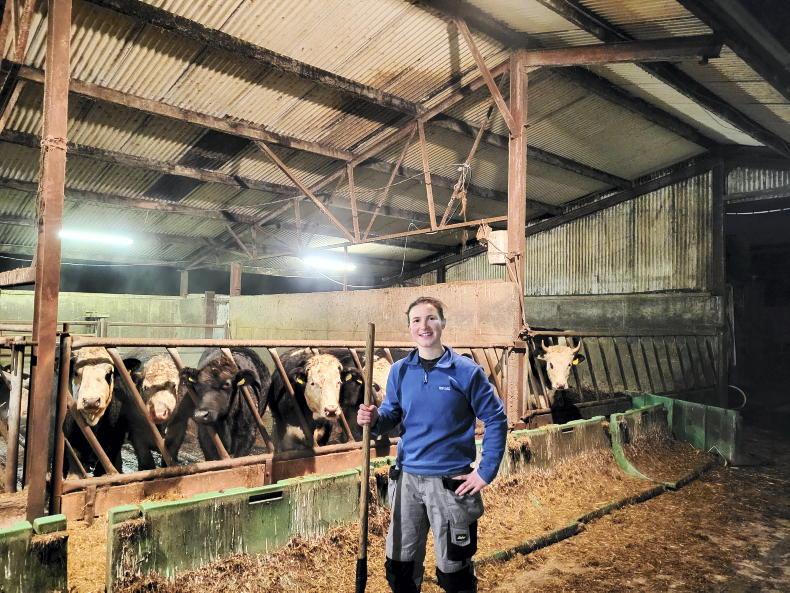
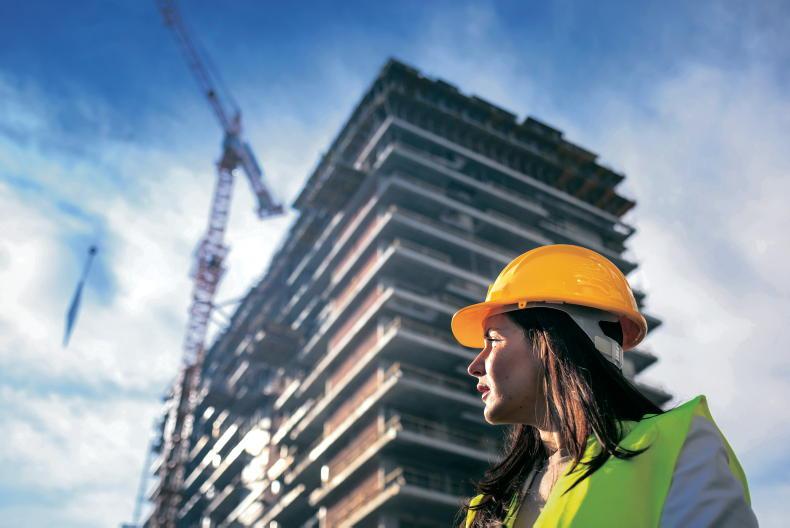

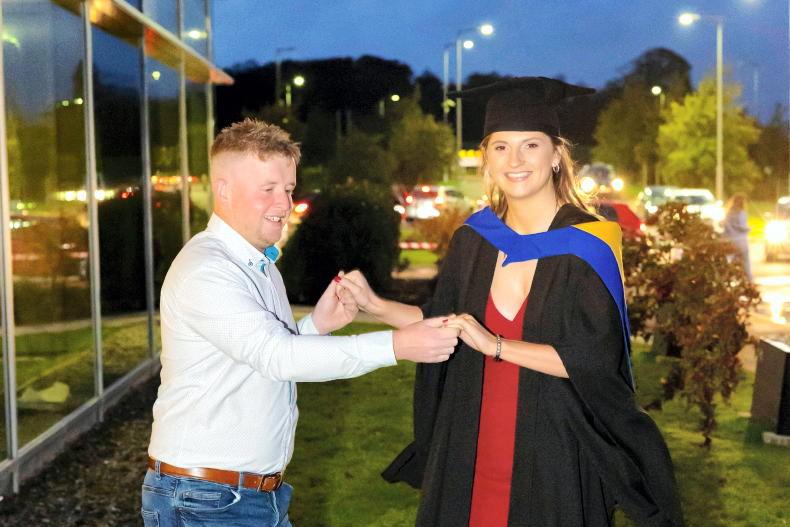
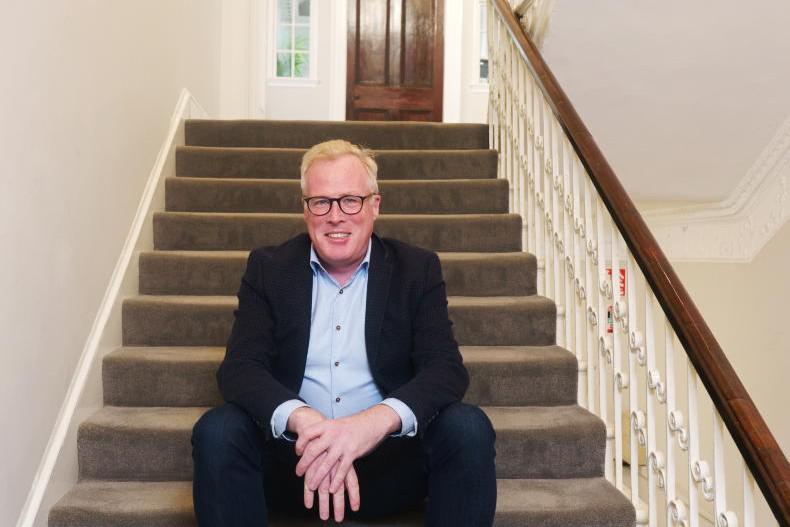
SHARING OPTIONS